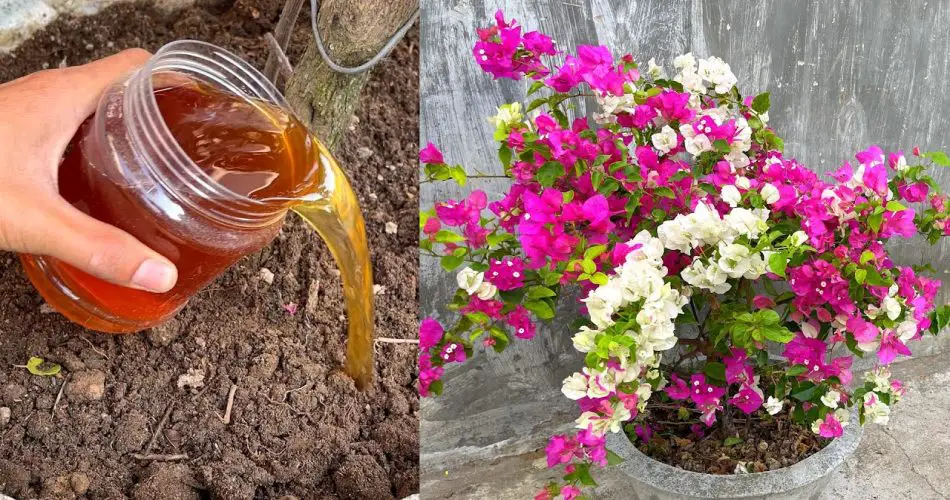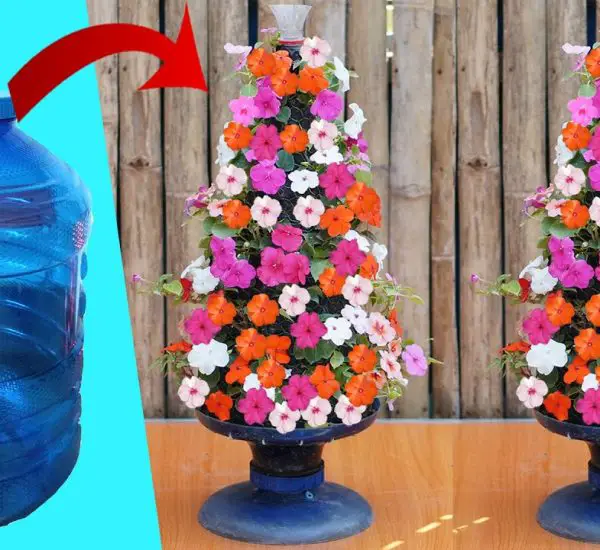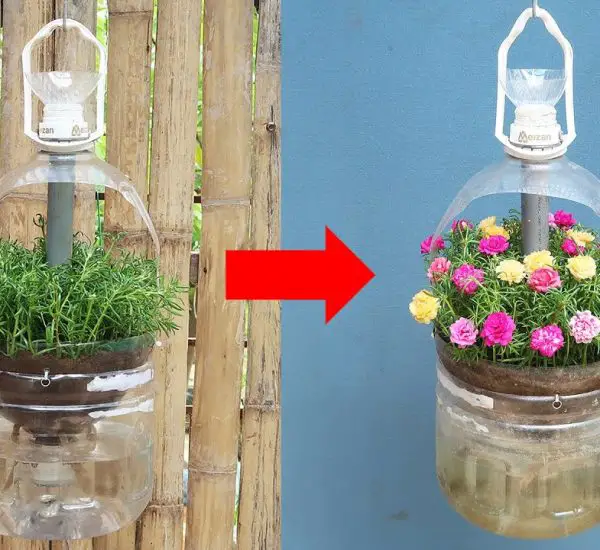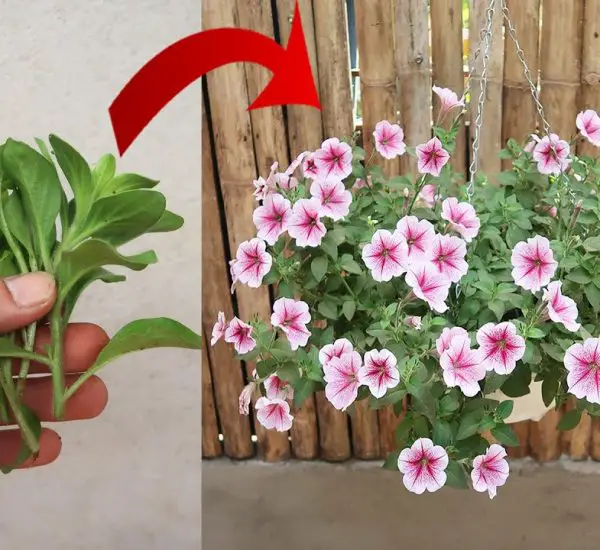Bougainvillea is a vibrant, hardy plant that can transform any garden or outdoor space with its stunning vibrant flowers and lush foliage. Known for their ability to thrive in warm climates, bougainvillea plants are a favorite among gardeners worldwide. However, to get the most out of your bougainvillea, pruning is an essential part of the care routine. In this article, we will guide you through the proper pruning techniques for bougainvillea flowers and share tips for planting these beautiful plants.
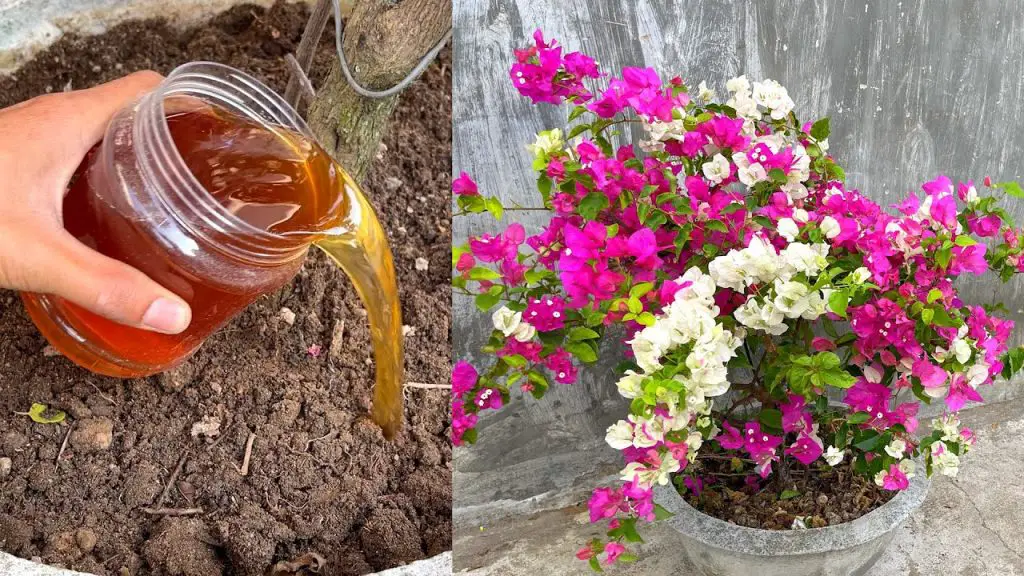
Why Pruning is Crucial for Bougainvillea Flowers
Bougainvillea plants are naturally vigorous, growing quickly with long, arching stems. Without proper pruning, they can become overgrown, leading to a lack of flowers or an untidy appearance. Pruning is not only important for shaping the plant but also for encouraging the growth of stronger stems and more vibrant blooms. Regular pruning can ensure that your bougainvillea remains healthy, compact, and continues to produce those stunning, colorful bracts that make it so popular.
When to Prune Bougainvillea Plants
The timing of your pruning efforts can significantly impact the health and flower production of your bougainvillea. Here’s what you need to know:
1. Best Time to Prune Bougainvillea
Bougainvillea should ideally be pruned during the late winter or early spring, just before the new growing season begins. This timing encourages new growth and ensures that the plant has the best chance to bloom in the coming months. Avoid pruning during the blooming season, as cutting back the plant can remove some of the flowers or buds.
2. Pruning After a Bloom
If your bougainvillea blooms multiple times a year, it’s also important to prune it after each bloom cycle. Removing spent flowers and old growth will keep the plant tidy and allow it to concentrate its energy on producing new flowers.
How to Prune Bougainvillea Flowers for Maximum Blooms
Proper pruning techniques are key to ensuring your bougainvillea grows healthily and blooms beautifully. Here’s a step-by-step guide:
Step 1: Gather the Right Tools
Before you begin, make sure you have the proper tools for the job. You will need:
- Sharp pruning shears: To make clean cuts and prevent damage to the plant.
- Gloves: Bougainvillea has sharp thorns that can cause injury.
- A pruning saw: If you’re dealing with thicker, older stems.
Step 2: Remove Dead or Damaged Growth
Start by cutting away any dead, diseased, or damaged branches. This will prevent the spread of disease and allow the plant to direct its energy into healthier growth. Cut the stems back to their point of origin or to healthy tissue.
Step 3: Trim Back Overgrown Branches
Bougainvillea tends to grow long and spindly. Trim back any overly long or unruly branches to create a more compact shape. You can also cut the plant back to the desired size and shape, but always avoid cutting too much of the plant, as this can result in a lack of blooms.
Step 4: Encourage Flowering Growth
Bougainvillea produces flowers on new growth. To encourage more blooms, cut the stems back just above a node (the place where a leaf attaches to the stem). This will promote lateral growth and flowering. Prune in such a way that you are allowing the plant to become bushy and full of fresh, flowering stems.
Planting Bougainvillea: Tips for Healthy Growth
In addition to regular pruning, proper planting is essential for the successful growth of your bougainvillea plant. Follow these steps to ensure a strong start for your bougainvillea:
1. Choose the Right Location
Bougainvillea loves full sun and thrives in well-drained soil. Select a spot in your garden that receives at least 5 hours of direct sunlight per day. Bougainvillea can tolerate dry conditions, so it’s ideal for areas with warm temperatures and minimal rainfall.
2. Prepare the Soil
Bougainvillea prefers slightly acidic to neutral soil. Before planting, loosen the soil and mix in some organic compost to improve drainage and nutrient content. If planting in a pot, ensure it has proper drainage holes to prevent waterlogging, which can lead to root rot.
3. Watering and Fertilizing
While bougainvillea is drought-tolerant, it still needs regular watering during its establishment period. Water thoroughly after planting, but avoid keeping the soil too wet. Once established, bougainvillea plants prefer dry conditions and should be watered only when the soil is completely dry.
Feed your bougainvillea with a balanced fertilizer during the growing season to promote healthy growth and vibrant flowers.
4. Support for Climbing Varieties
Bougainvillea can be trained to grow as a climbing vine or ground cover. If you’re planting a climbing variety, be sure to provide support, such as a trellis or fence, to guide the plant’s growth upward.
Additional Tips for Bougainvillea Care
- Prune after each bloom: This keeps the plant looking tidy and encourages further blooming.
- Protect from frost: Bougainvillea is sensitive to cold temperatures. In colder regions, consider growing it in containers or bring it indoors during the winter.
- Regular checks for pests: Bougainvillea can sometimes attract aphids or spider mites. Regularly inspect your plant for pests and treat with organic insecticides if needed.
Conclusion
Pruning is essential for maintaining the health, shape, and flower production of bougainvillea plants. By cutting back overgrown branches and removing dead growth, you can encourage more blooms and create a stunning, colorful display in your garden. Coupled with proper planting and care, bougainvillea can be a hardy and beautiful addition to any home or garden, blooming year after year.
